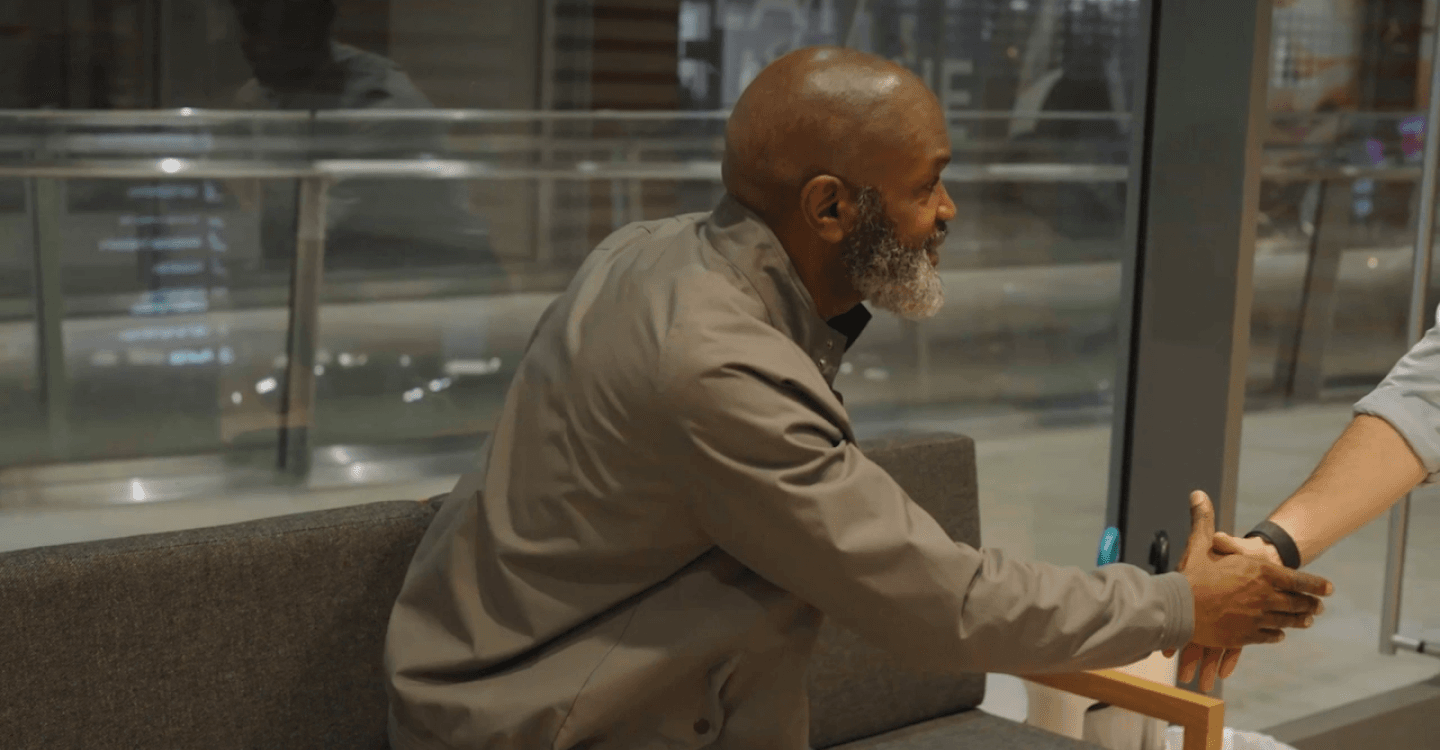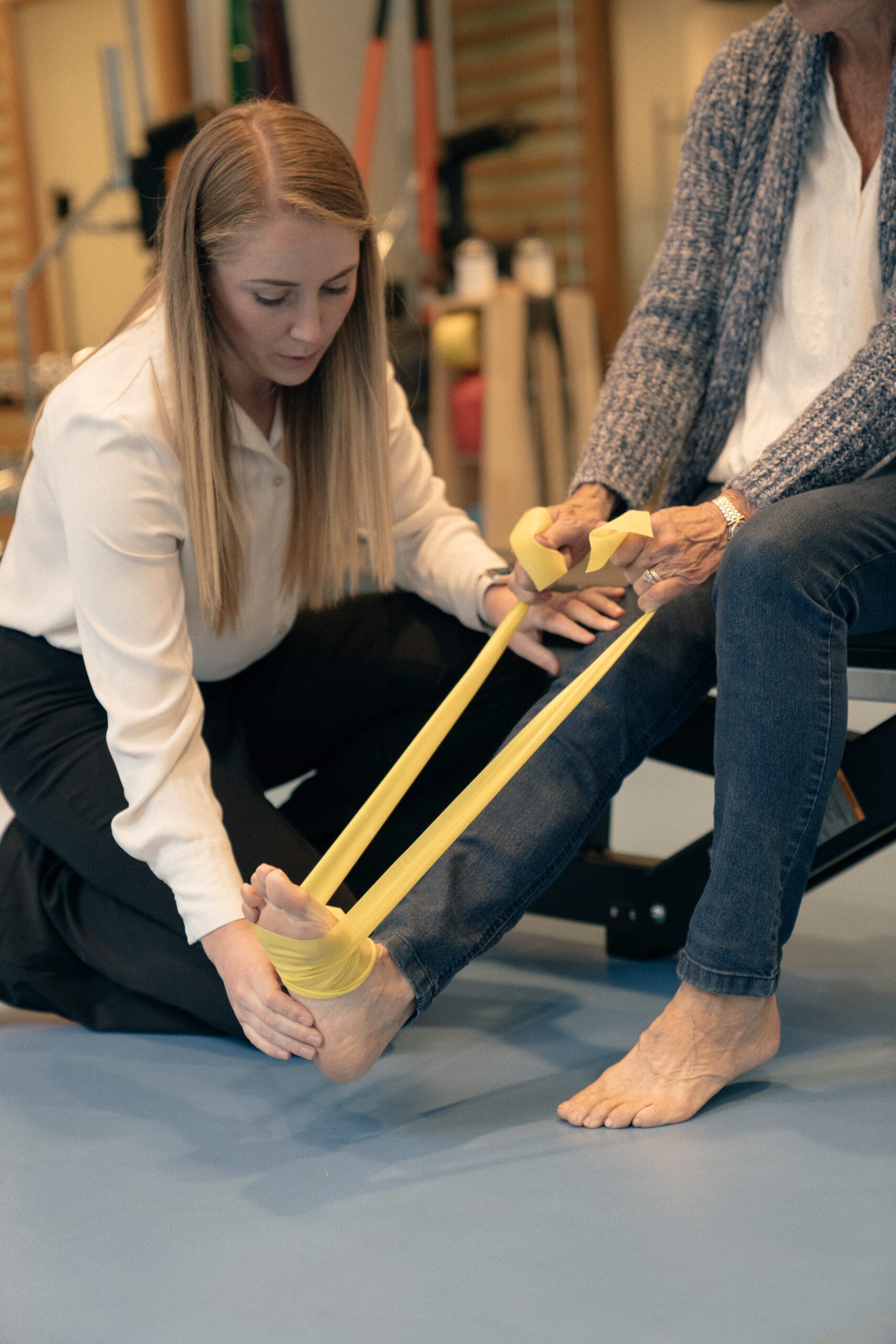Padel: The Global Sport That’s Good for Your Body, Mind and Social Life
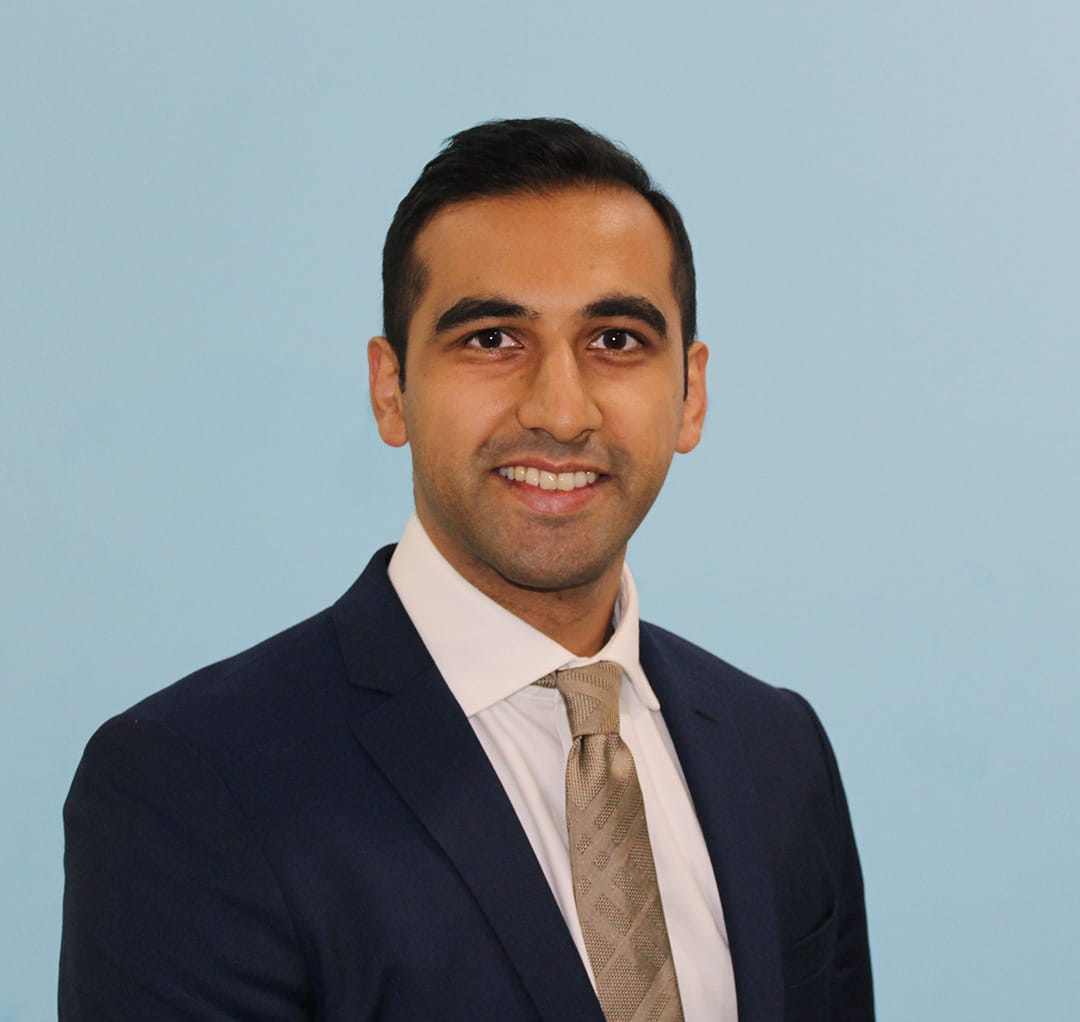
Dr Farhan Shahid
Consultant in Sport, Exercise & Musculoskeletal Medicine
- 10 July, 2025
- Padel
- Sport, Exercise & Musculoskeletal Medicine
- Physiotherapy
- 5 min read
Padel: The Global Sport That's Good for Your Body, Mind and Social Life
In recent years, padel has taken the world by storm. Once relatively unknown outside of Spain and Latin America, it’s now one of the fastest-growing sports globally—with new courts appearing in cities across Europe, the Middle East, and beyond.
As a Consultant in Sport & Exercise Medicine I’ve seen first-hand how padel can benefit a wide range of individuals, from elite athletes to those simply looking to stay active and enjoy the social side of sport.
So, what makes padel so appealing—and more importantly, what are the health benefits and risks to be aware of?
A Sport That’s Easy to Access
One of the most attractive aspects of padel is how accessible it is. The game is usually played in doubles on a smaller, enclosed court—about a third the size of a tennis court.
The solid, stringless racket is easier to handle than a tennis racket, and because serving is underarm and rallies tend to last longer, beginners can pick up the game quickly and enjoy it from day one.
Unlike some other racket sports, padel has a relatively low barrier to entry. There’s no steep learning curve, and the compact court encourages strategic play and reflexes rather than power—making it ideal for people of all ages and fitness levels.
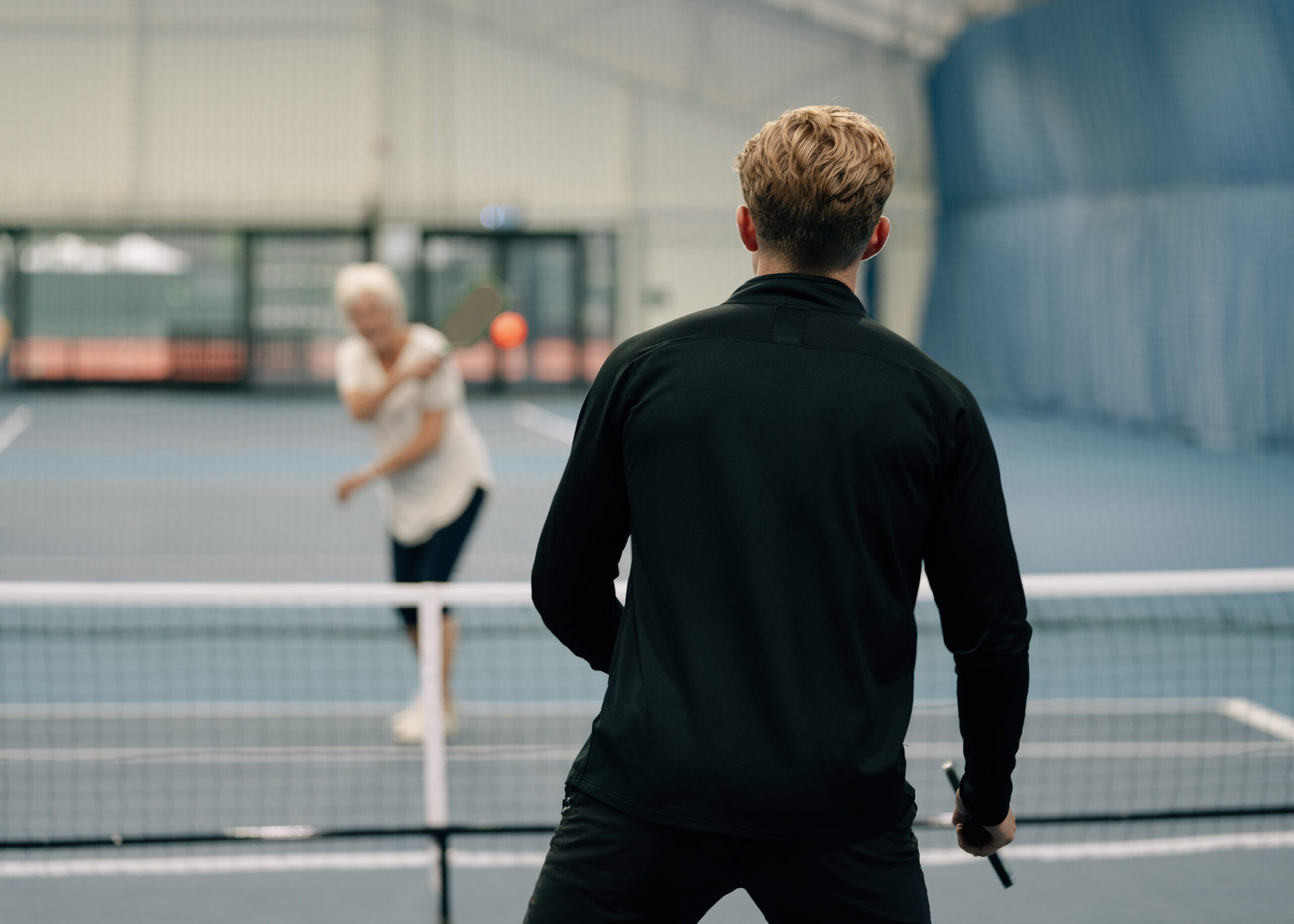
Health Benefits of Padel
From a clinical perspective, padel offers a range of physical and mental health benefits:
- Cardiovascular fitness: The stop-start nature of the game, combined with frequent bursts of movement, is excellent for heart health and aerobic capacity.
- Musculoskeletal conditioning: Padel works multiple muscle groups, especially in the lower limbs, core, and upper body, improving strength, agility, and balance.
- Cognitive benefits: Like all racket sports, padel sharpens hand-eye coordination, reaction time, and mental alertness.
- Mental wellbeing: As with most physical activity, padel triggers the release of endorphins, helping to reduce stress and support mental health.
The social nature of the sport also fosters connection and belonging—key pillars of long-term wellbeing.
Furthermore, there is growing evidence that participation in racket sports may be associated with increased life expectancy and lower all-cause mortality, likely due to the combination of physical exertion and social interaction.
The Social Side of Sport
Padel is inherently social. Because it’s played in doubles, every match brings four people together. Clubs often host group sessions, leagues, and tournaments, making it an ideal sport for those looking to combine fitness with community.
In my practice, I often recommend padel to patients who are looking to re-engage with physical activity in a low-pressure, enjoyable environment.
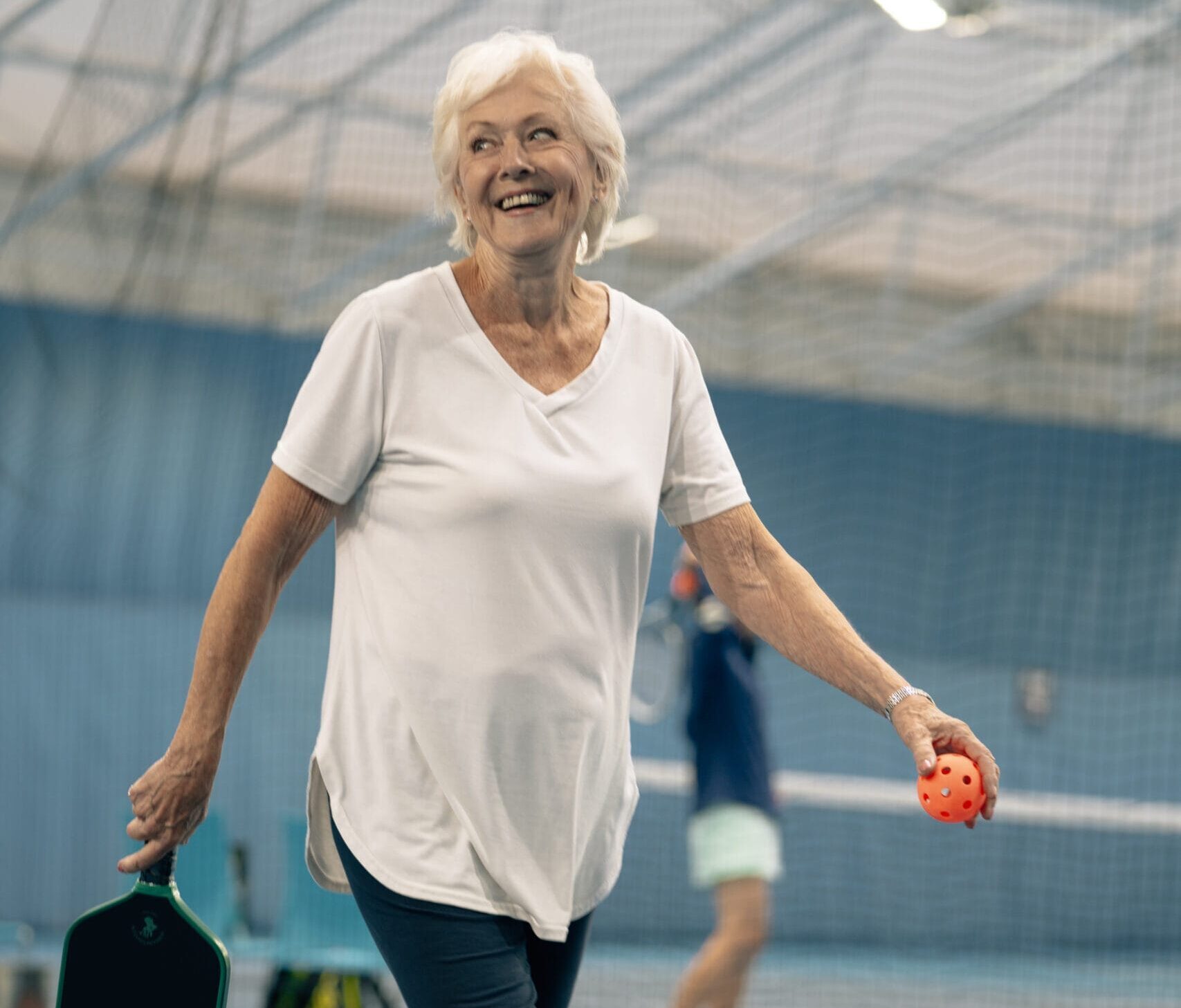
Common Padel Injuries to look out for
Like any physical activity, padel does carry a risk of injury—particularly if players increase their training volume too quickly or return to sport after a period of inactivity. The most common injuries include:
- Lateral extensor tendinopathy (“tennis elbow”)
- Rotator cuff strains
- Calf or Achilles tendon injuries
- Lower back stiffness or strain
- Falls onto upper limbs, twisting lower limb joint injections
Fortunately, many of these injuries are preventable. A proper warm-up, progressive loading, appropriate footwear, and good technique are key. I also advise regular mobility and strength work to reduce the risk of overuse injuries, particularly for those playing several times per week.
A Case Worth Sharing
I recently treated a 71-year-old gentleman in our Roehampton clinic—a case that highlights both the benefits and the demands of padel.
Having recently retired from a busy career in the city, he’s always been physically active, with a strong background in tennis. More recently, he discovered padel and quickly developed a real passion for it—playing three to four times a week with friends at his local club.
However, during one session, he sprinted toward the cage and felt a pop in his left calf. He experienced immediate pain, swelling, and loss of function, unable to push off or produce power through the leg.
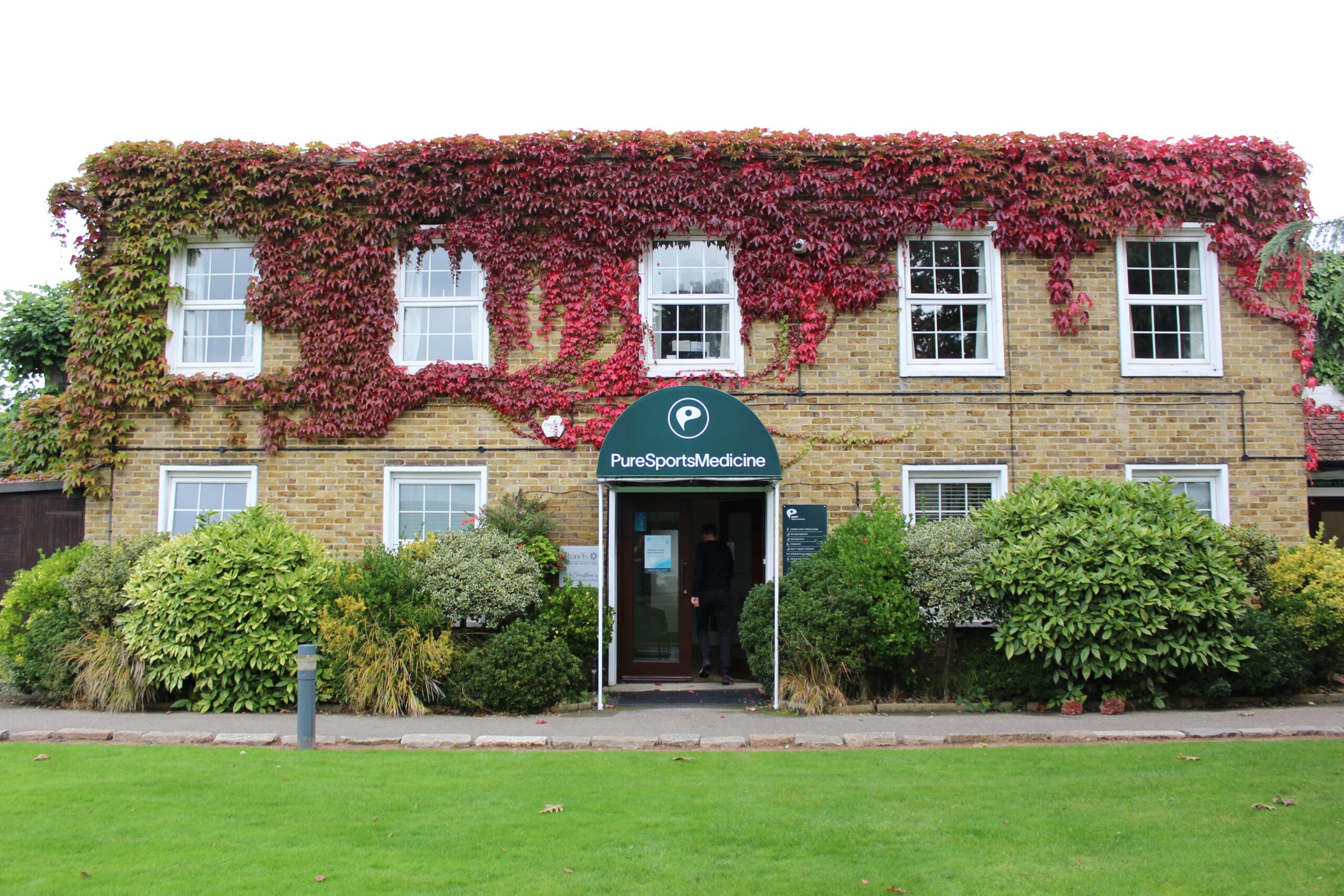
Assessment
On examination, there was significant swelling and tenderness along the back of the calf. He had a history of a previous right-sided calf injury, which raised the possibility of underlying biomechanical imbalance. Importantly, the Achilles tendon was intact and functioning well, which helped rule out a full tendon rupture.
I performed an ultrasound scan, which showed disruption of fibres within the medial gastrocnemius (a large calf muscle) and fluid tracking in between this muscle and a deeper one called the soleus. Given the severity of symptoms, I proceeded with an MRI scan, which confirmed a significant partial tear involving the medial gastrocnemius and it’s tendon, though fortunately, there was no large haematoma collection.
The absence of a haematoma meant we did not require drainage, which can otherwise be useful to aid the healing process in certain cases.
Management of the Injury: Initial Phase
I referred him on to a member of the physiotherapy team at our Roehampton clinic, to create and deliver a bespoke treatment plan.
Working together with the patient and physiotherapist, we agreed the following goals: to reduce swelling and pain, protect the healing tissue, and restore early range of motion.
In a small number of cases, a deep vein thrombosis (DVT) can develop, so we discussed this to increase general awareness and enable all three of us to effectively monitor throughout treatment. This is particularly important in calf injuries due to reduced mobility.
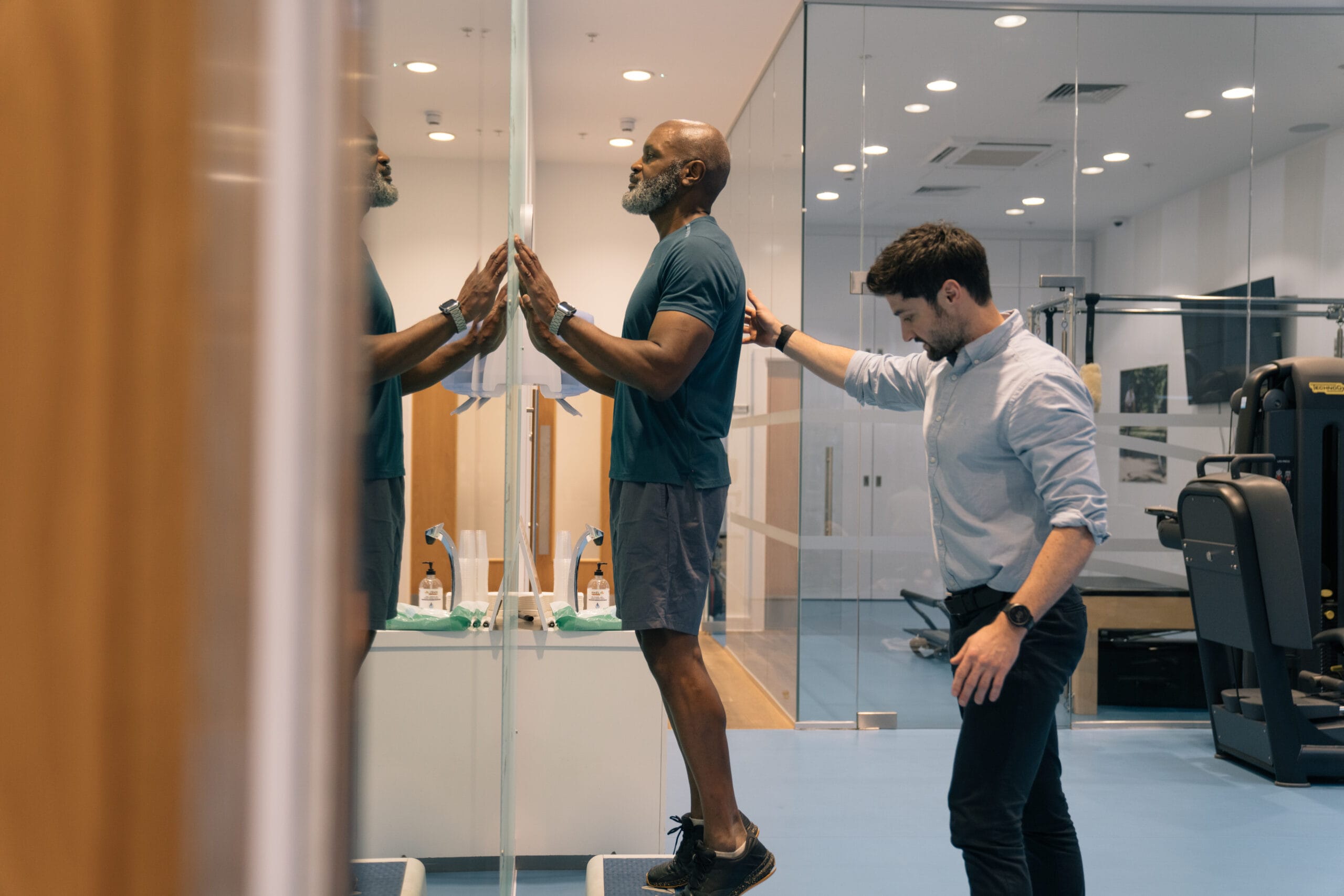
Rehabilitation Phase
We approached the rehab phase with gradual progression of calf loading and strengthening, using isometric exercises and progressing to calf raises when he was ready. This stage requires constant feedback from the patient in order to adapt the exercises at the right time, ensuring that they are effective.
To assess the progress of the treatment, I requested a repeat MRI scan which showed significant healing. This helped to guide the next stage of progressions within the rehab program.
We also Identified loss of muscle tone, which is common with injuries like this, and compensated for this by tailoring the load we put through the muscle. This enabled the muscle to remain functional enough to rehab whilst reducing the likelihood of further injuries or pain.
Final Phase
The final phase included focused rehabilitation of the posterior chain, which are the muscles in the back of the body. From there we were able to identify any weaknesses that might contribute to overloading the muscles and causing further injury.
We also decided to reassess the muscle using ultrasound imaging, which, I’m pleased to say, showed marked improvement, meaning the patient could successfully return to padel, pain-free and functional!
This case highlights the importance of getting an accurate diagnosis, because without it we wouldn’t have been able to effectively direct the following treatment. It proves the value of imaging, both ultrasound and MRI, which helped us provide and work along timeframes in the recovery journey, checking the effectiveness as we went. Finally, it showcases the benefits of a tailored rehabilitation plan; ensuring that the treatment progressed with him, as he needed it, with constant, ongoing feedback which put the patient at the centre of the process.
All these pieces of the puzzle meant that we could get the patient back to the sport he loved effectively and efficiently. It also reminds us that recovery is not just about treating the “what” (the injury), but also understanding the “why” (the underlying contributors) to prevent recurrence.
He is now back playing the sport he loves—an inspiring example of how age need not be a barrier to enjoying dynamic, social sport when it’s managed properly.
Final Thoughts
Padel combines the best elements of sport—movement, connection, and fun—into one dynamic, accessible package. As both a doctor and a sport enthusiast, I’m a strong advocate for activities that promote lifelong physical activity and community engagement. Padel does exactly that.
Whether you’re new to exercise, returning from injury, or simply looking for a new way to stay active, padel is a smart and enjoyable choice. Just remember to ease in, look after your body, and—most importantly—enjoy the game.
If you’re experiencing pain or injury related to padel or other sports, and would like to speak to a specialist, click the button below to get in touch today.
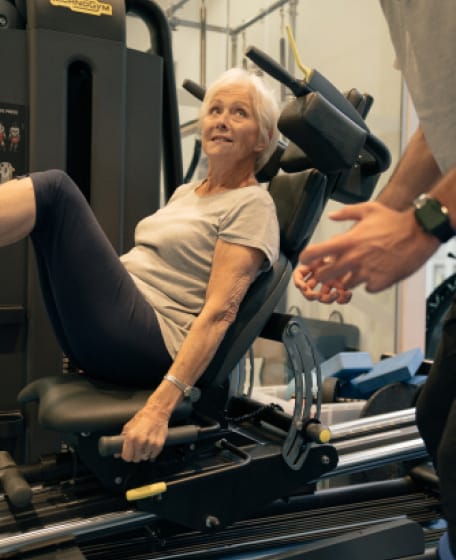
Advice
Over the last 20+ years our experts have helped more than 100,000 patients, but we don’t stop there. We also like to share our knowledge and insight to help people lead healthier lives, and here you will find our extensive library of advice on a variety of topics to help you do the same.
OUR ADVICE HUBS See all Advice Hubs
